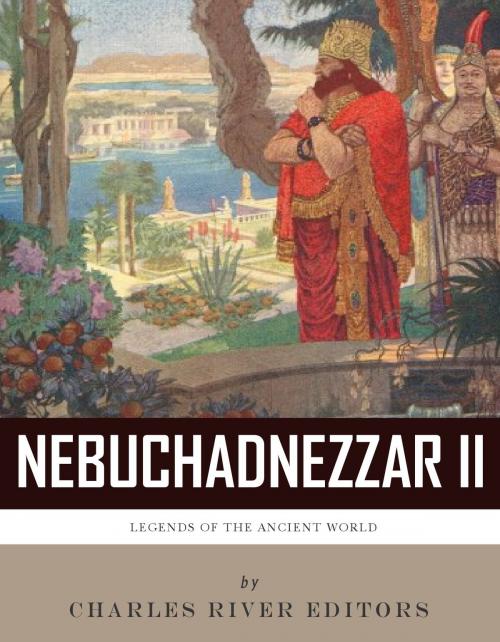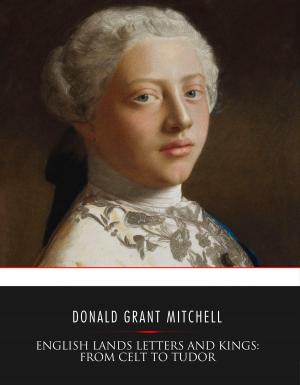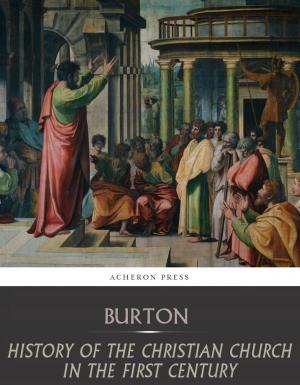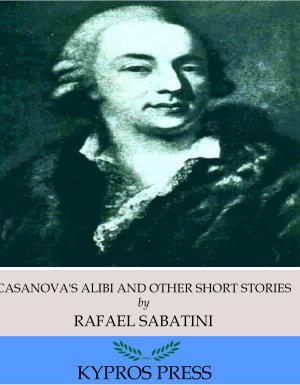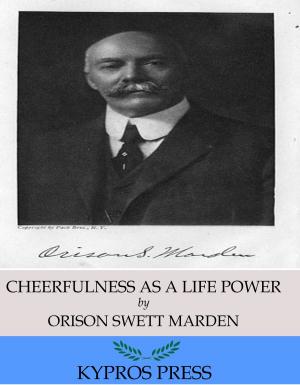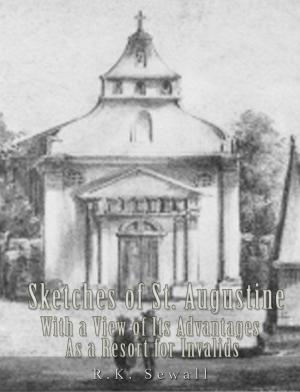Legends of the Ancient World: The Life and Legacy of King Nebuchadnezzar II
Biography & Memoir, Royalty, Nonfiction, History, Ancient History| Author: | Charles River Editors | ISBN: | 9781475323559 |
| Publisher: | Charles River Editors | Publication: | April 25, 2013 |
| Imprint: | Language: | English |
| Author: | Charles River Editors |
| ISBN: | 9781475323559 |
| Publisher: | Charles River Editors |
| Publication: | April 25, 2013 |
| Imprint: | |
| Language: | English |
*Includes pictures of Babylonian artifacts and historic art depicting Nebuchadnezzar and the Hanging Gardens of Babylon. *Includes ancient accounts of Nebuchadnezzar's reign and the Hanging Gardens of Babylon*Discusses the legends and mysteries surrounding the Babylonian King, the Hanging Gardens, and the mentions of him in the Bible. *Includes a Table of Contents. Alongside Hammurabi, Nebuchadnezzar II is remembered as one of Ancient Babylons most influential kings. Nearly 1,000 years after his famous predecessor, Nebuchadnezzar oversaw the expansion of the Neo-Babylonian Empire during the 7th and 6th centuries B.C., which placed him in conflict with Egypt and the ancient kingdom of Judah. His ruthless conquest of Judah resulted in the destruction of Jerusalem and the entire kingdom, and it ultimately earned him notoriety in the Old Testament, where he is mentioned in the books of Jeremiah, Ezekiel and Daniel. In addition to being depicted in the Bible, Nebuchadnezzar was well known among ancient historians and contemporary writers because of the Hanging Gardens of Babylon, one of the ancient wonders of the world. According to ancient accounts, Nebuchadnezzar constructed the Hanging Gardens for his homesick wife by creating terraced and cultivated orchards that were built over a series of buildings made of glazed ceramic. An estimated several thousands of gallons of water was drawn from a reservoir through a network of reeds and bricks, held together by asphalt and cement, with lead used as a sealant. The Gardens were built on a citadel 80 feet high with walls 22 feet thick. To this day, Nebuchadnezzar is associated with the Hanging Gardens, even as scholars continue to question whether the Hanging Gardens were actually built in Babylon or even existed at all. While Nebuchadnezzars name lives on mostly due to the Bible and the Hanging Gardens, behind it all was a man documented by the Babylonians and his contemporaries as a competent and successful king. While his success was unfortunate for his enemies, and there are questions surrounding his association with the Hanging Gardens, there is no question that Nebuchadnezzar greatly reformed the ancient city of Babylon and maintained its supremacy throughout Mesopotamia and the Middle East during his time. Plenty of uncertainty about Nebuchadnezzars life remains, but there is no question he was a great military commander and a competent administrator who managed to hold together his burgeoning empire for nearly half a century. Legends of the Ancient World: The Life and Legacy of King Nebuchadnezzar II chronicles the life, legends, and legacy of the famous Babylonian king. Along with pictures depicting important people and places, you will learn about Nebuchadnezzar like you never have before, in no time at all.
*Includes pictures of Babylonian artifacts and historic art depicting Nebuchadnezzar and the Hanging Gardens of Babylon. *Includes ancient accounts of Nebuchadnezzar's reign and the Hanging Gardens of Babylon*Discusses the legends and mysteries surrounding the Babylonian King, the Hanging Gardens, and the mentions of him in the Bible. *Includes a Table of Contents. Alongside Hammurabi, Nebuchadnezzar II is remembered as one of Ancient Babylons most influential kings. Nearly 1,000 years after his famous predecessor, Nebuchadnezzar oversaw the expansion of the Neo-Babylonian Empire during the 7th and 6th centuries B.C., which placed him in conflict with Egypt and the ancient kingdom of Judah. His ruthless conquest of Judah resulted in the destruction of Jerusalem and the entire kingdom, and it ultimately earned him notoriety in the Old Testament, where he is mentioned in the books of Jeremiah, Ezekiel and Daniel. In addition to being depicted in the Bible, Nebuchadnezzar was well known among ancient historians and contemporary writers because of the Hanging Gardens of Babylon, one of the ancient wonders of the world. According to ancient accounts, Nebuchadnezzar constructed the Hanging Gardens for his homesick wife by creating terraced and cultivated orchards that were built over a series of buildings made of glazed ceramic. An estimated several thousands of gallons of water was drawn from a reservoir through a network of reeds and bricks, held together by asphalt and cement, with lead used as a sealant. The Gardens were built on a citadel 80 feet high with walls 22 feet thick. To this day, Nebuchadnezzar is associated with the Hanging Gardens, even as scholars continue to question whether the Hanging Gardens were actually built in Babylon or even existed at all. While Nebuchadnezzars name lives on mostly due to the Bible and the Hanging Gardens, behind it all was a man documented by the Babylonians and his contemporaries as a competent and successful king. While his success was unfortunate for his enemies, and there are questions surrounding his association with the Hanging Gardens, there is no question that Nebuchadnezzar greatly reformed the ancient city of Babylon and maintained its supremacy throughout Mesopotamia and the Middle East during his time. Plenty of uncertainty about Nebuchadnezzars life remains, but there is no question he was a great military commander and a competent administrator who managed to hold together his burgeoning empire for nearly half a century. Legends of the Ancient World: The Life and Legacy of King Nebuchadnezzar II chronicles the life, legends, and legacy of the famous Babylonian king. Along with pictures depicting important people and places, you will learn about Nebuchadnezzar like you never have before, in no time at all.
